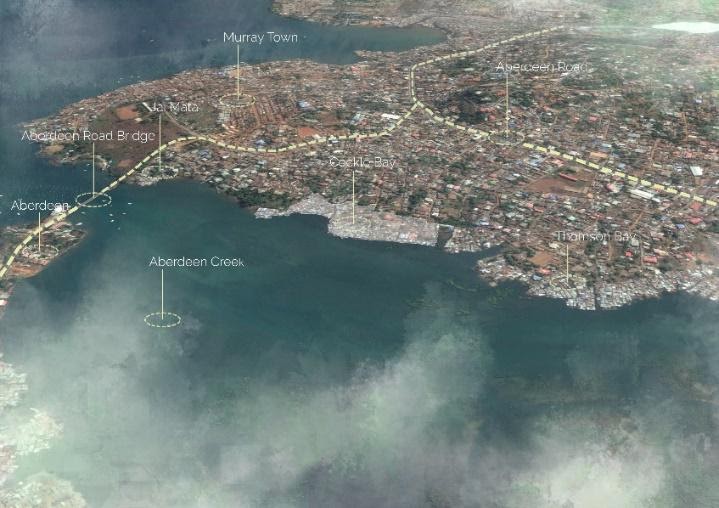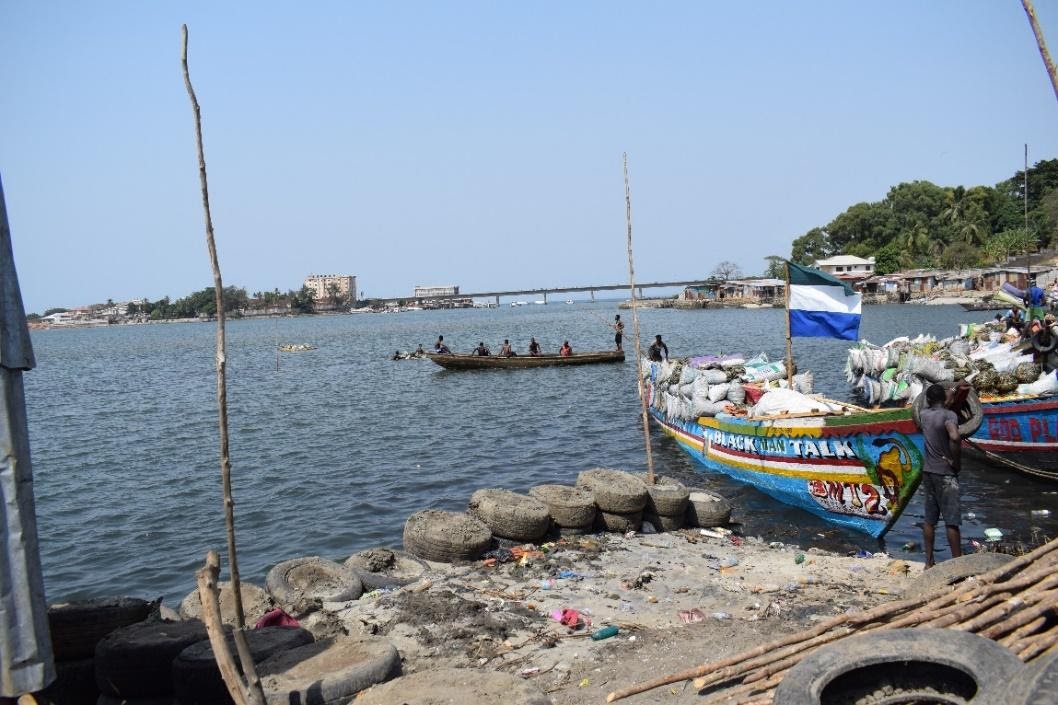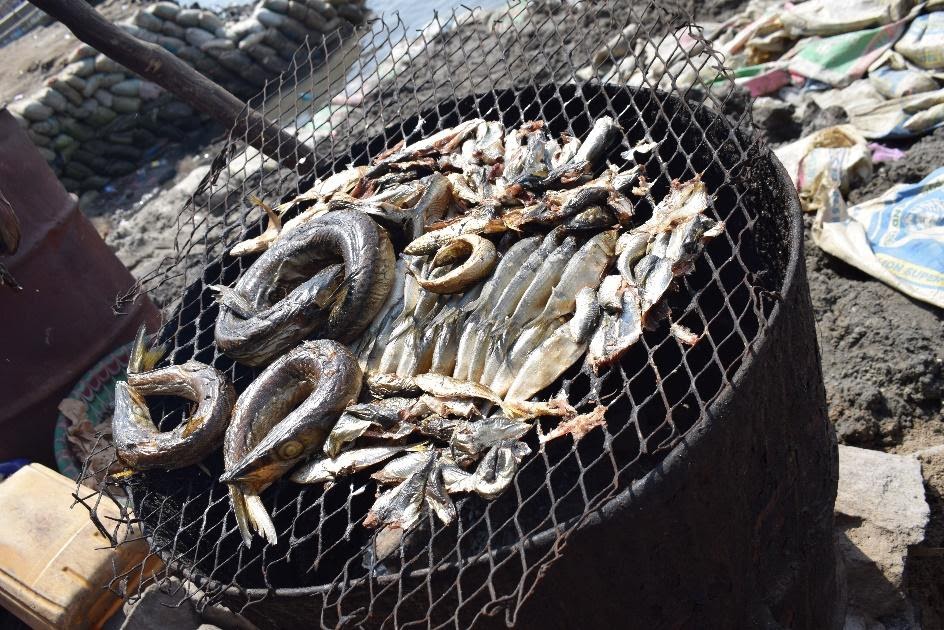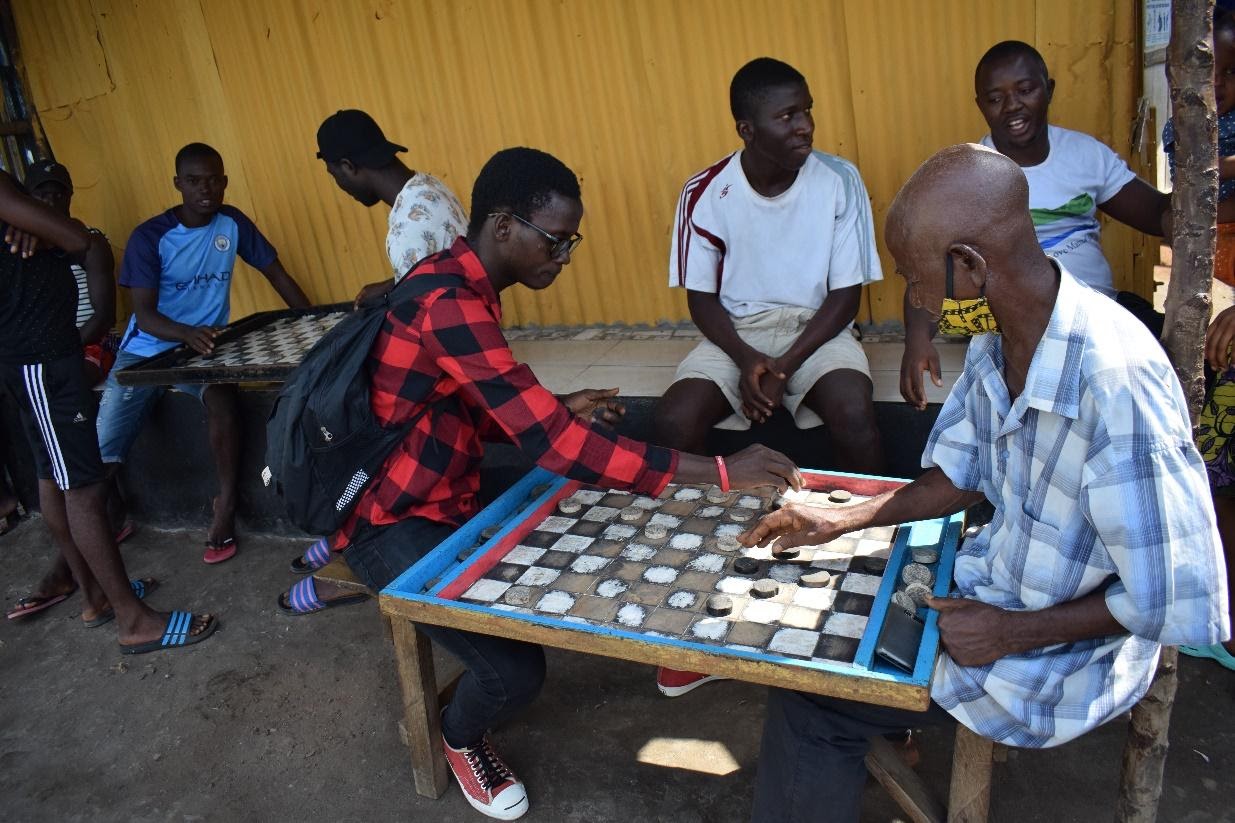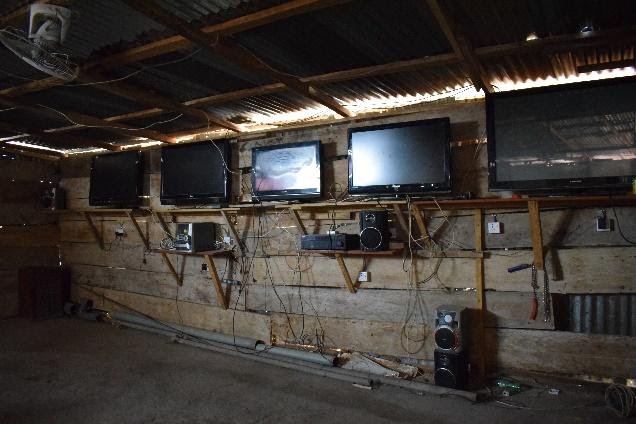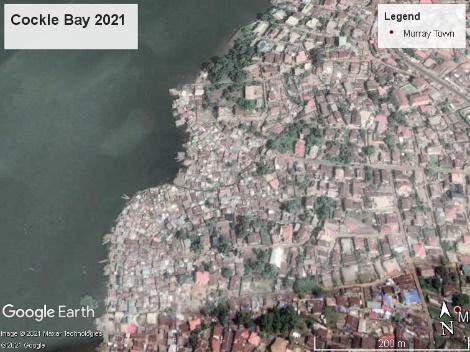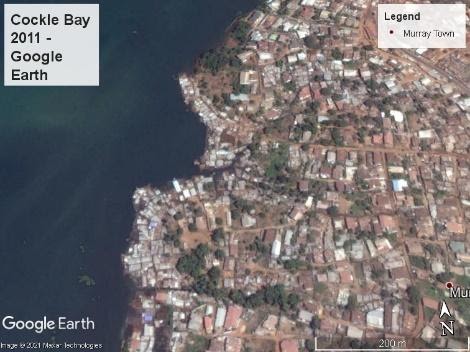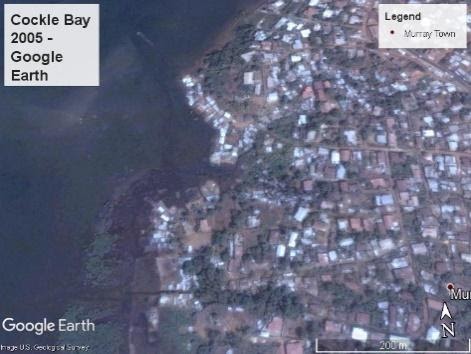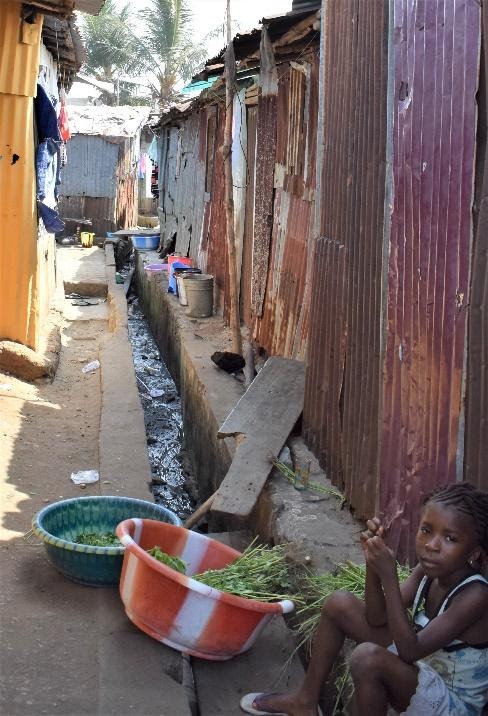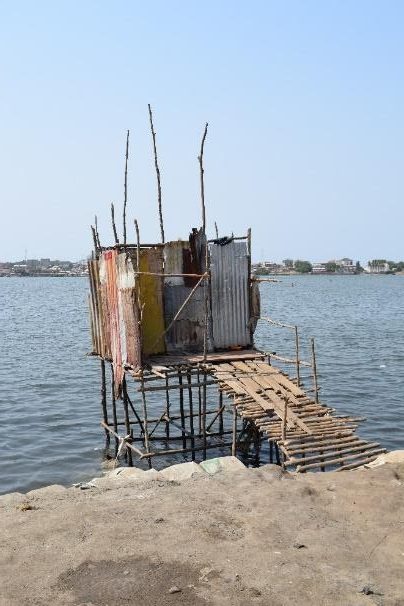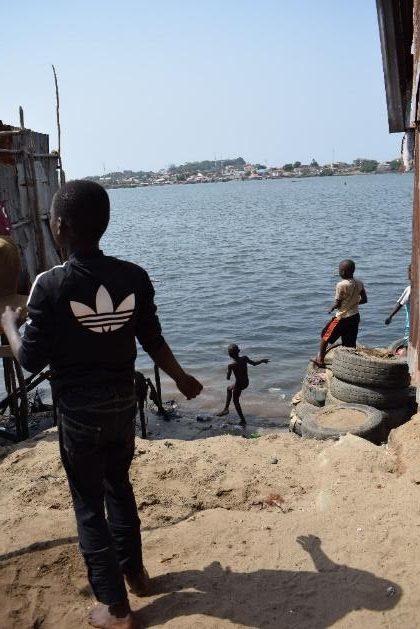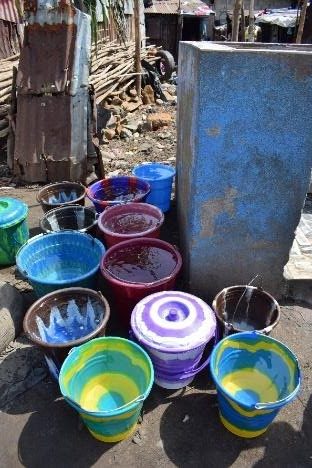ARISE in Cockle Bay, Sierra Leone
In Sierra Leone, central Freetown, nested on the bank of Aberdeen Creek lined with mangroves, is the informal settlement of Cockle Bay. It has been growing ever since the 1940s. During the 1990s, Cockle Bay’s population increased rapidly, when people from rural areas fled civil conflict in search of security, employment, and affordable housing within the capital. Since then, the community has been expanding not only in geography due to the reclaiming of land from the sea through mud and stick banking, but also in the population leading to the emergence of four new sub settlements as Hilet view, J-mata, Kola tik and Mafengbeh. This photo story represents a snapshot of what daily life is like for residents of Cockle Bay and was gathered during our recent field work activities.
The community benefits from its location on the sea as a port importing goods, such as palm oil, from rural parts of Sierra Leone.
Google Earth images from 2005, 2011 and 2021 showing the growth of Cockle Bay informal settlement.
The community don’t have enough safe spaces for children, and so they play close to hanging toilets, presenting health risks as a result of contact with human waste.
Fetching water is a daily chore for all in Cockle Bay and this presents a particular risk to teenage girls who are often exposed to sexual- and gender-based violence at sites of water collection.
The ARISE project is working with communities as co-researchers to analyze their situation and start conversations on how they can better address their well-being needs by building on their own strengths and capabilities. The project also builds capacity of some of the residents who take part in the project as co-researchers. The challenges and aspects of everyday life highlighted above are those that the co-researchers felt are particularly important to share, and were emphasized throughout data collection.
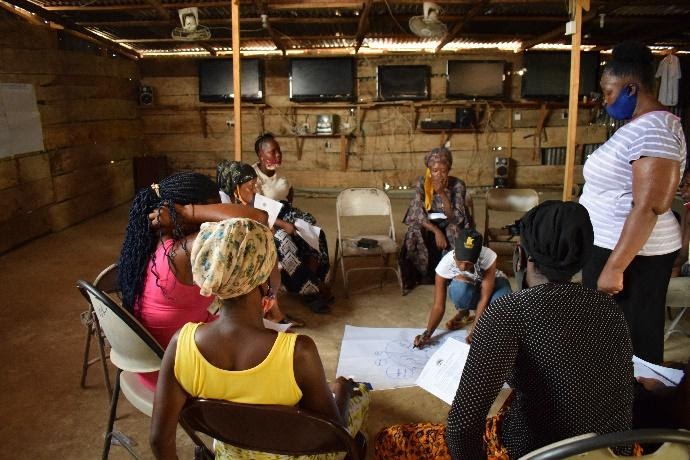
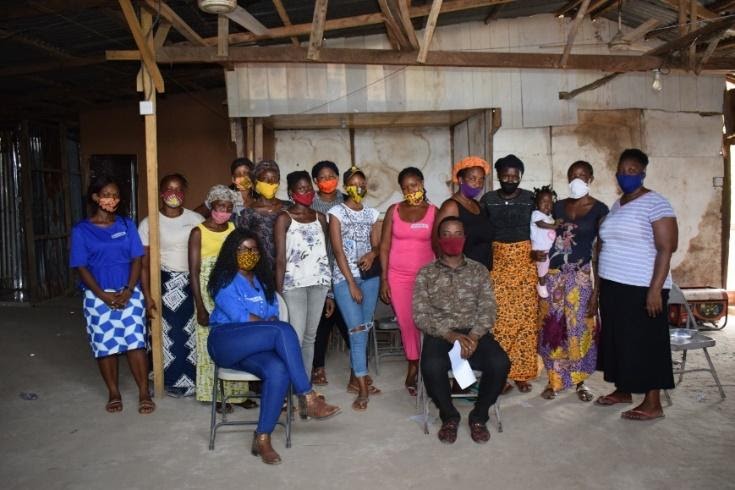
Researchers, co-researchers and a group of community women working together on analysis.
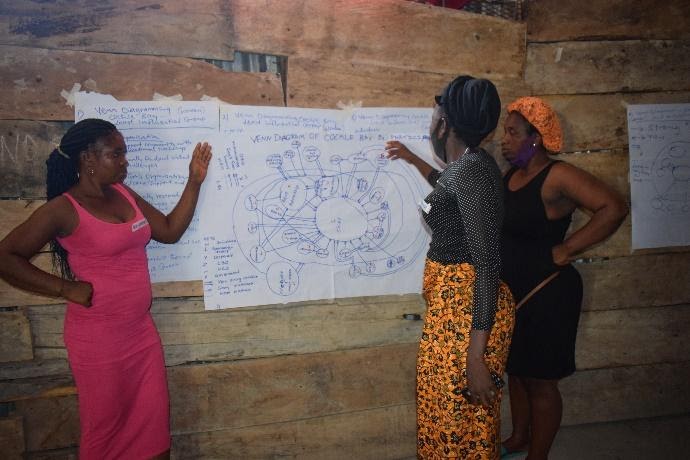
In this Venn diagram workshop, community women – assisted by ARISE researchers and co-researchers -looked at what institutions there are and how they operate in the community. The purpose of this activity was to identify formal and informal governance structures and how they interact with each other and how far or close they are to the community. ARISE will work with community residents to identify strategies to communicate their needs and priorities similar with the multiple governance structures operational within informal settlements.
Notes: The photos in this piece were taken by Zuzana Hrdličková and the text was developed by the ARISE team in Sierra Leone.
